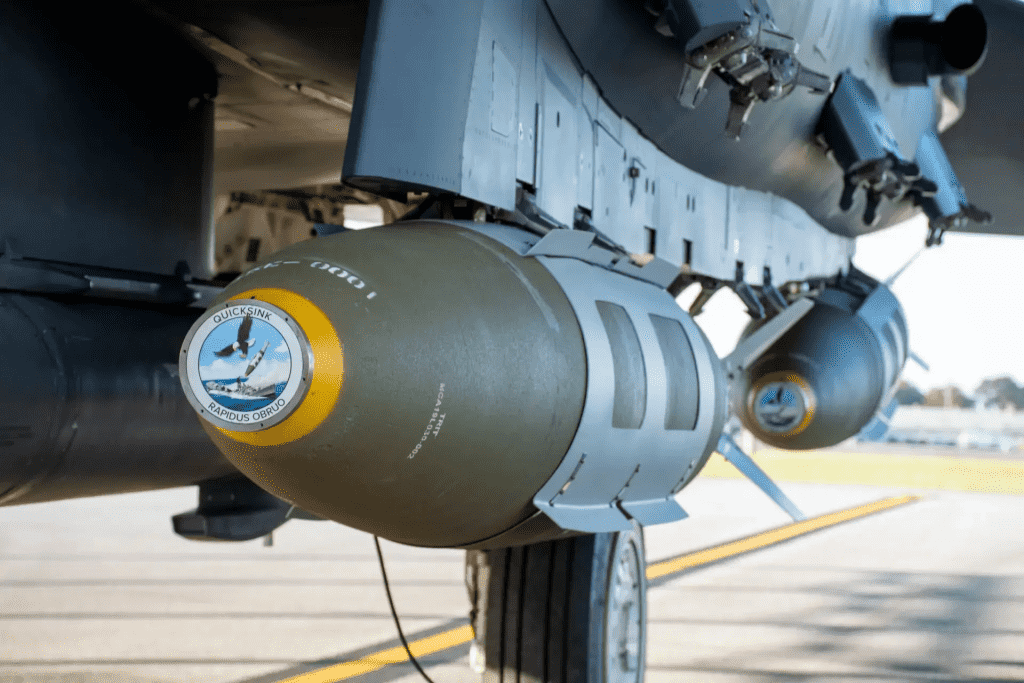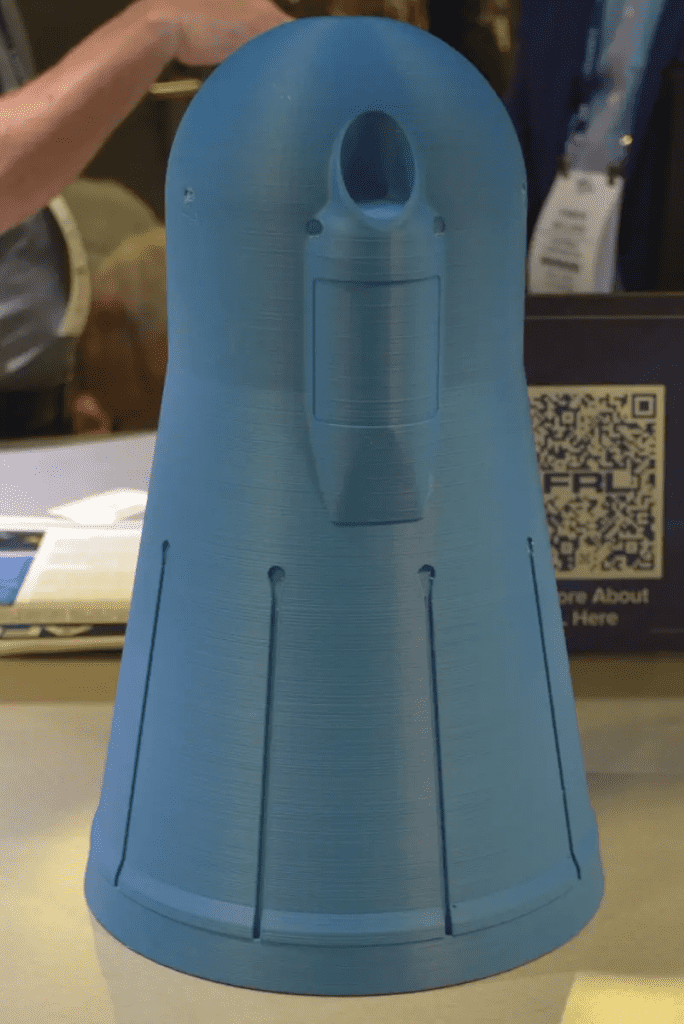The United States Air Force has published new and shocking footage of a test of its new “Quicksink” anti-ship bomb kit, which converts a regular 2,000-pound smart bomb to target and destroys large vessels. It is a low-cost alternative to a heavyweight torpedo or an anti-ship missile, which have the same effect but are significantly more expensive.
The US Air Force Research Laboratory began with a GBU-31 Joint Direct Attack Munition (JDAM), the standard guided-bomb tail kit compatible with all American attack aircraft, to develop Quicksink. In its conventional form, JDAM employs GPS and inertial navigation to move a regular bomb with adequate precision to land within eight feet of the target.
Quicksink equips the bomb’s nose with a guidance package and sensors, allowing it to zero in on a ship-shaped target. The bomb is dropped beside the ship and explodes underwater, destroying the keel with a large pressure wave but never impacting the hull.

The recently released video depicts the viewpoint of a camera positioned on a target ship. Almost soon after detonation, the camera flies off its mount, falls to the deck, and is engulfed in the water streaming over the vessel’s side, accentuating the vessel’s sinking speed. According to the timeframe of the first Air Force video, the stern part of the target ship went under in around 20 seconds, followed by the bow in about 17 seconds.

Cost per round and magazine depth might become important concerns in the case of a conflict with a major navy or the necessity to enforce an embargo on maritime trade. A munition that could be manufactured from current supplies and delivered by any US attack aircraft would provide forces in the field with additional alternatives. It might also convey a new deterrence signal regarding the capabilities to address specific threat scenarios, such as a massed amphibious assault campaign in the Taiwan Strait.

“QUICKSINK is unique in that it can provide new capabilities to existing and future DOD weapons systems, giving combatant commanders and our national leader’s new ways to defend against maritime threats,” said Kirk Herzog, AFRL program manager, in a statement.


